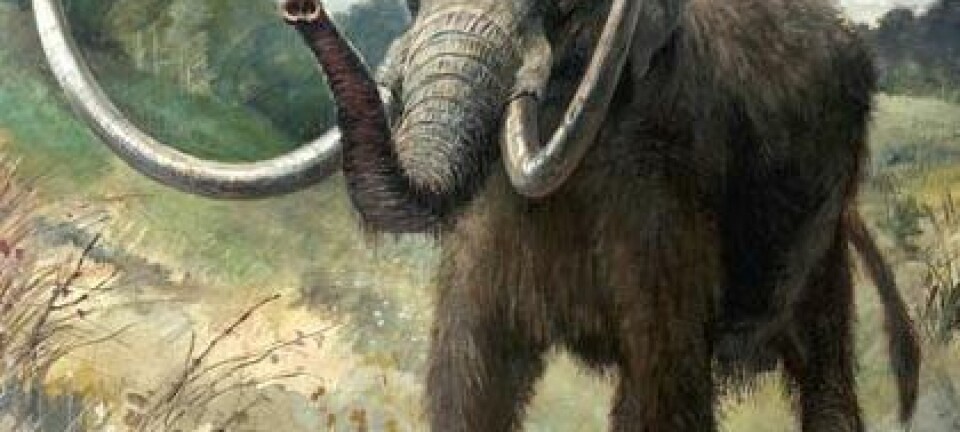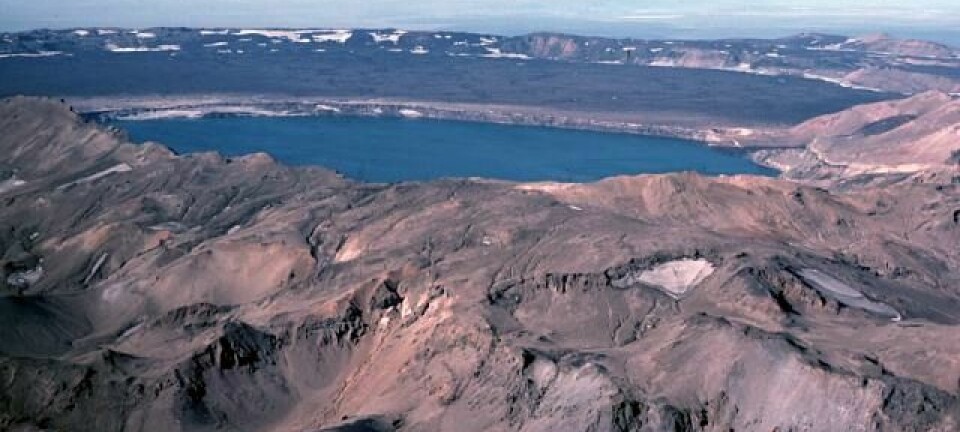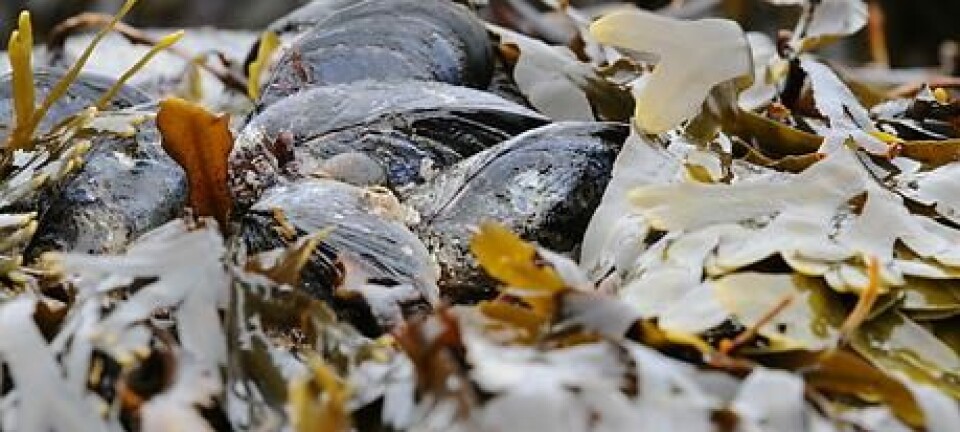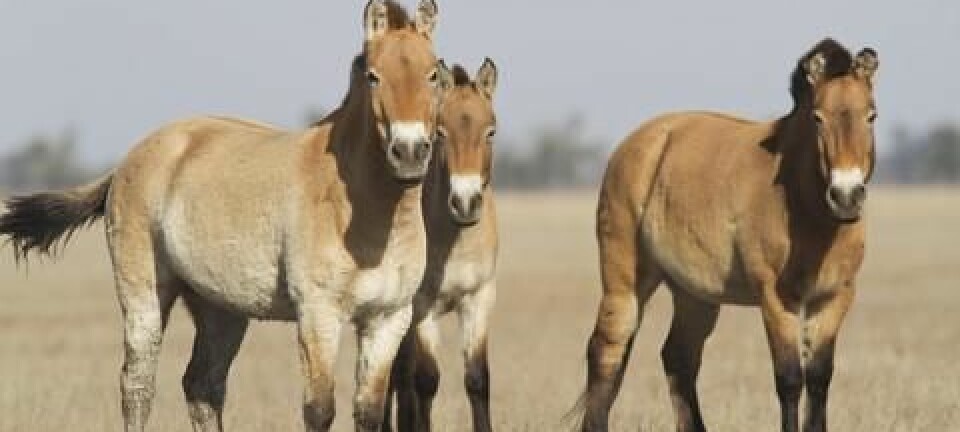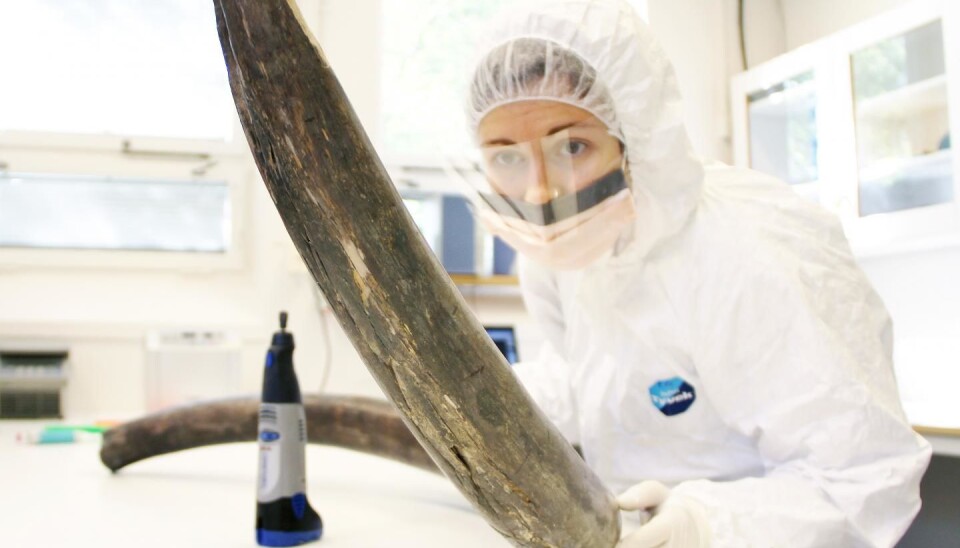
Did inbreeding and poor health kill the mighty mammoth?
Two mammoths, living 40,000 years apart, could hold the secret genetic history of these mighty creatures.
Scientists have recovered and sequenced the first complete woolly mammoth genomes, revealing two bottlenecks where their populations plummeted. First, around 250,000 years ago and later around 12,000 years ago, at the end of the last Ice Age.
They discovered that after this most recent population crash, the surviving mammoths were part of an ever-shrinking gene pool, as their population went into decline.
In an international study by researchers from Sweden, USA, Canada, and Russia, the remains of a 45,000 year old mammoth from Siberia were sampled. This was a time when woolly mammoths lived throughout Europe and Asia.
The scientists also sampled ten mammoths from Wrangel Island, an island off the coast of north eastern Siberia, and found a single tooth with enough mammoth DNA to retrieve a complete genome sequence. The tooth's owner was alive as recently as 4300 years ago.
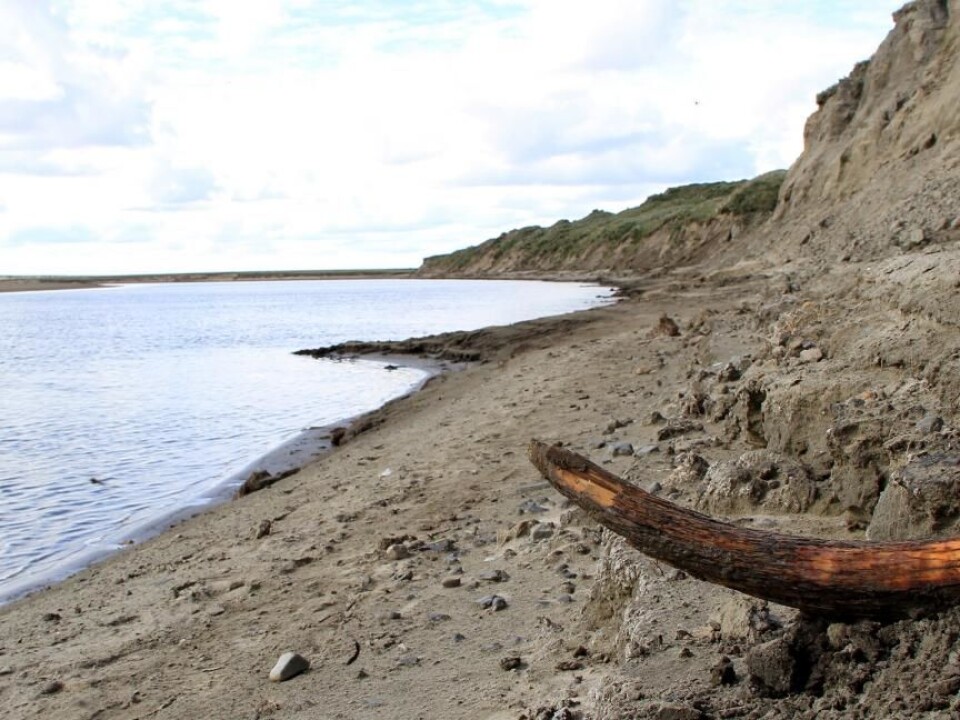
“As far as we know this is the first complete genome of the extinct Ice Age megafauna, the large mammals that disappeared by the end of the last Ice Age,” says Love Dalén from the Swedish Museum of Natural History, Stockholm, who co-authored the new study.
First evidence of inbreeding before extinction
The genetic history not only shows the population crashes, but for the first time it shows a lack of genetic diversity in the younger mammoth, possibly due to inbreeding among this last known group of mammoths to survive after the Ice Age.
“We looked at the 2 genome sequences and compared their levels of genetic variation. We found the younger mammoth had a lot less variation, and in fact, there were some regions of the genome with no variation at all. This is strong evidence for inbreeding amongst a small group of mammoths,” explains Dr Eleftheria Palkopoulou, from the Department of Zoology at Stockholm University, who lead the study.
Mammoths from Siberia and Wrangel Island have been studied before. Previous studies looked at the mitochondrial DNA of mammoths, among other things, but they did not have enough genetic information to actually test for signs of inbreeding.
In 2012, Dalén and his team could not find any strong evidence to suggest inbreeding amongst the mammoths on Wrangel Island as their populations dwindled.
According to Dalén, before this new research, they did not think the population on Wrangel Island was so small.
“We thought the population that had survived on the island was actually large enough to maintain genetic diversity. Now with this complete genome we can see that it was not. Actually, it appears that this population was hovering right on the limit of what is genetically sustainable,“ says Dalén.
He continues, “Effective population size should be around 500 to maintain genetic diversity. In 2012, we thought it was around this level. Now with this new research, we estimate that it was more likely to be around 330.”
According to Dalén, this new research suggests that there were simply too few mammoths left to survive this loss in genetic diversity.
Prof Andrew Cossins, Professor of Animal Genomic Sciences at the University of Liverpool (UK), has read the study and stresses that whilst he himself is not an expert on this aspect of conservation genetics, it is often difficult to be confident of results using only two genomes.
“Only time will tell if this can be verified,” says Cossins.
Mammoth symptoms of genetic defects to be looked at next
It is difficult to know what this loss in genetic diversity actually looked like and how the mammoths may have suffered as their gene pool shrank.
Palkopoulou suspects that the mammoths may have started to die young, before they were old enough to mate and produce healthy offspring. This could be due to debilitating genetic defects, affecting their ability to reproduce and survive.
Dalén and his group are planning to look at this next.
It is also hard to know how fast these biological changes occurred, though they do believe that the most recent population crash occurred quite quickly.
Mammoth extinction is a controversial topic
There are many theories of what triggered the woolly mammoths to become extinct.
Climate change leading to changes in the mammoth’s environment and perhaps making food scarce is top of the list for some scientists. Others think that humans simply hunted them to extinction. There is even controversy as to whether any evidence exists for a comet striking modern day Syria, around the time of the last population crash.
Few however, consider the mammoth’s genetic history and their general health towards the end of their time on earth.
“Most people look at mainland populations where there is no evidence for genetic loss, so it is likely that climate change or humans were responsible. Personally, I think climate and environmental change was the trigger, as the decline in population is too synchronous across the world. But others disagree,” explains Dalén.
There is little doubt though, that the mammoths on Wrangel Island were the last known mammoths. It is here that they finally became extinct, and we now see strong evidence of a shrinking gene pool on their way out.
“The final extinction happened on the island, and again we don’t know why. Inbreeding and genetic defects may have had a hand in it, but we don’t know to what extent. Right now, there is no clear evidence for the appearance of humans or any major change in the environment. Maybe they were unlucky – a small population in a small area that was particularly sensitive to a couple of bad winters. We just don’t know yet,” says Dalén.
Helping to conserve animals today
Studying the genetic history of ancient animals may have real word benefits for animals alive today, and help us to understand how genetic processes effect small populations of animals. Dr Dalén believes that this has big implications for modern day conservation efforts in similarly small groups of animals.
“Since we know that there were so few mammoths on the island, and that they were there for more than 5000 years, we can learn a lot about how small populations are effected by genetic processes. We can use these kind of examples to study how other such small populations behave, and this has big implications for conservation of small populations today,” explains Dalén.
Palkopoulou agrees, and suggests that this is the first evidence for declining genetic diversity and inbreeding in a population just before it becomes extinct. This could help us recognise these biological signs in species that are threatened today.
